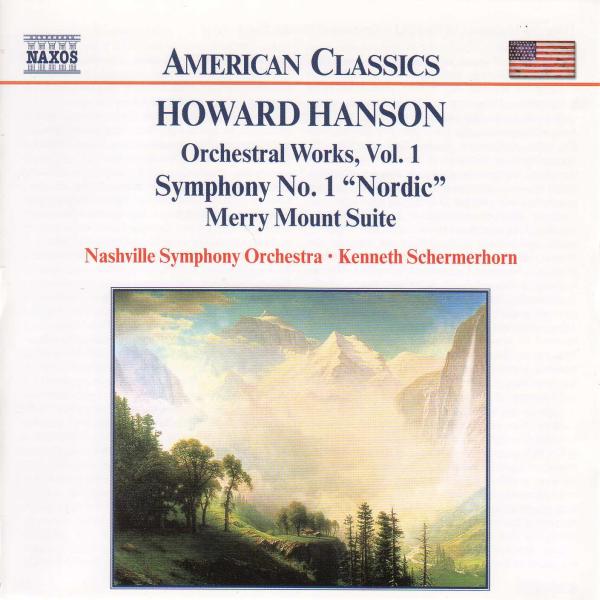Other products from Kenneth Schermerhorn / Nashville |
My Account
|
Log In
|
English |
€ Euro |
Advanced Search
|
All Categories
BEST SELLER
500
NEW RELEASES
8.187
SPECIALS
224.694
Your search:
No selection
Filter results:
TECHNICS
259.916
GAMES/SOFTWARE
26.288
MUSIC
708.702
Christian Music
733
- Asia Pop
9.320
- Austro Pop
211
- Brit Pop
247
- Dutch Pop
1
- Euro Pop
37
- French Pop
491
- Indie Pop/Lo Fi
20
- Italo Pop
290
- Latin Pop
6.845
- MiddleoftheRoad
2.582
- Oldies
69
- Other Pop
229.868
- Party
29
- Synthi Pop
324
- The 60s
274
|
Music Movie Audiobooks Merchandise Children's |





















